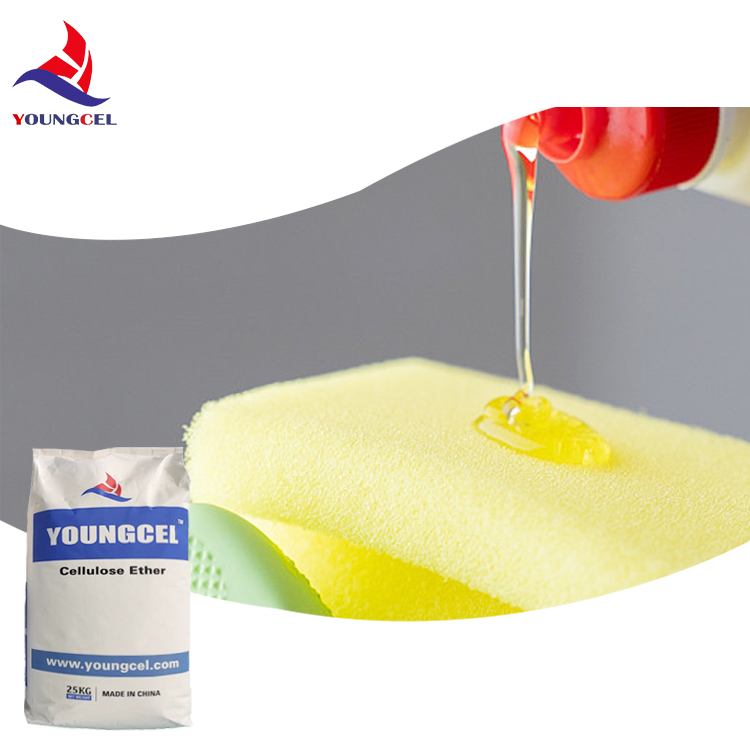The Role of Cement Additives in Modern Construction
Cement, as one of the most widely used construction materials globally, presents numerous challenges regarding its strength, durability, and overall performance. To address these challenges, the utilization of cement additives has gained significant traction in the construction industry. Cement additives, also known as admixtures, are substances added to cement before or during its mixing phase to enhance specific properties. Their diverse functionality makes them essential components in contemporary construction practices.
One of the primary advantages of cement additives is their ability to improve the workability of concrete. Additives such as superplasticizers can greatly increase the fluidity of the concrete mix without the addition of extra water. This quality is particularly beneficial when working in tight spaces or when the concrete needs to be transported over long distances. Enhanced workability not only simplifies construction processes but also ensures that the concrete can adequately fill molds and reach all corners of the formwork, ultimately resulting in a smoother and more resilient final product.
Additionally, cement additives play a crucial role in modifying the setting time of concrete. Retarders can be employed to delay the setting process, which is especially useful in hot weather, where rapid evaporation of water can lead to premature setting and cracking. Conversely, accelerators can be used to hasten the curing time in colder conditions, ensuring that construction projects stay on schedule. This flexibility allows contractors to adapt their methods based on environmental conditions, thereby enhancing efficiency and productivity on-site.
cement additives

A significant area where cement additives have made a substantial impact is in improving the durability of concrete. For instance, silica fume is a popular additive known for its pozzolanic properties, which improve the density and strength of concrete. Silica fume can fill the microscopic gaps within the concrete structure, resulting in a more impermeable and durable material. This quality is invaluable in projects that face exposure to harsh environmental conditions, such as marine structures, bridges, and industrial facilities. By enhancing durability, the lifespan of concrete structures is extended, ultimately leading to cost savings in maintenance and repairs.
Furthermore, the environmental benefits of using cement additives cannot be overlooked. Many modern additives are derived from industrial by-products, such as fly ash and slag. Incorporating these materials not only reduces the reliance on virgin raw materials but also helps in recycling waste products that would otherwise contribute to environmental concerns. Additionally, the use of cement additives can lead to reduced carbon emissions, as optimized mixtures require less cement, a process that is known to be highly carbon-intensive.
In conclusion, the importance of cement additives in the construction industry cannot be overstated. They play a pivotal role in enhancing the workability, setting time, durability, and sustainability of concrete. As construction practices continue to evolve, the ongoing research and development of innovative additives will undoubtedly foster advancements in construction techniques, material performance, and environmental stewardship. Embracing these technologies is essential for the future of sustainable construction, ensuring that we meet the growing demands of urbanization while minimizing our environmental impact.
-
Rdp Powder: Key Considerations for Wholesalers in the Building Materials IndustryNewsJul.08,2025
-
Key Considerations for Wholesalers: Navigating the World of Hpmc - Based ProductsNewsJul.08,2025
-
Hpmc Detergent: Key Considerations for WholesalersNewsJul.08,2025
-
Key Considerations for Wholesalers: China Hpmc For Tile Adhesive, Coating Additives, Concrete Additives, and MoreNewsJul.08,2025
-
Crucial Considerations for Wholesalers: Navigating the World of Construction MaterialsNewsJul.08,2025
-
Key Considerations for Wholesalers Sourcing Additive For Cement, Additive For Concrete, Additive For Putty from Additive Manufacturer Shijiazhuang Gaocheng District Yongfeng Cellulose Co., Ltd.NewsJul.08,2025




